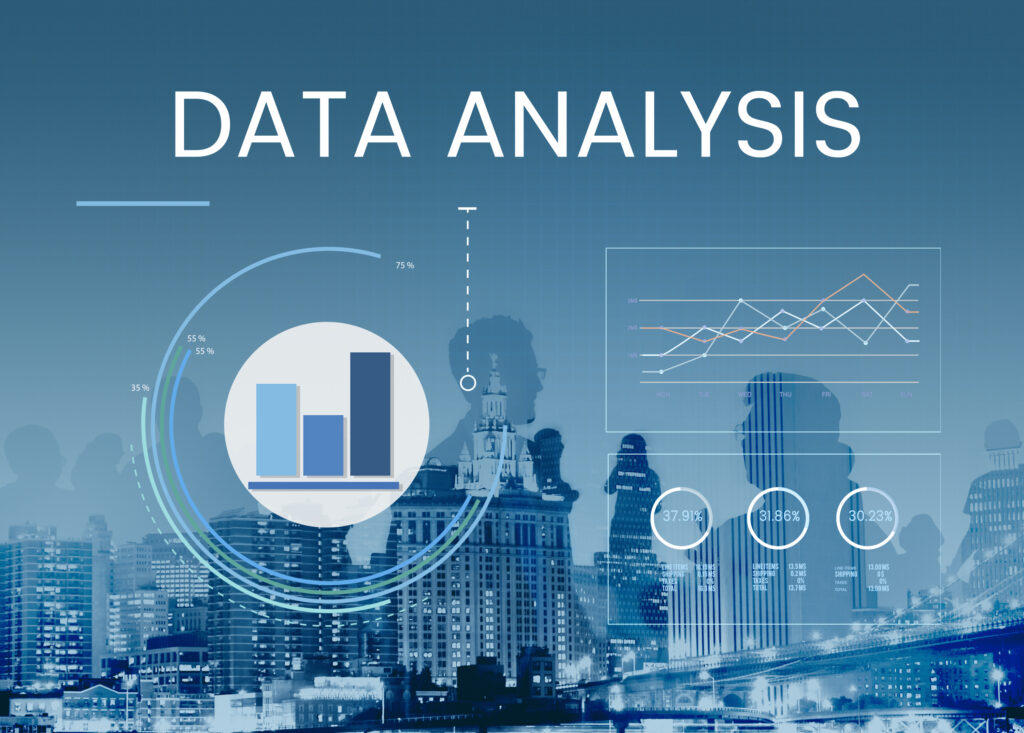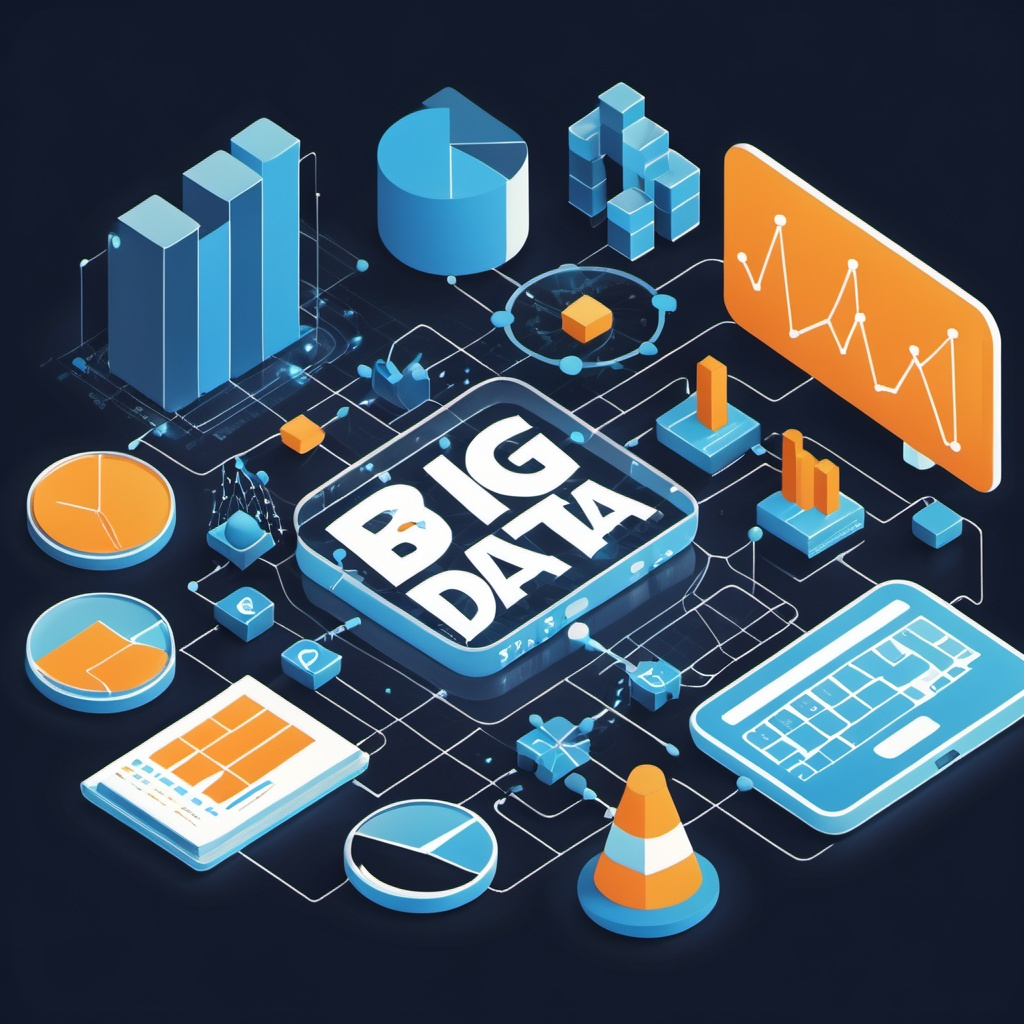Introduction
In today’s digital era, Cloud Data Analytics businesses are generating vast amounts of data every second. However, raw data alone is not enough; organizations must process, analyze, and derive actionable insights to make informed decisions. This is where Cloud and Data Analytics come into play. By leveraging cloud computing and advanced data analytics, businesses can achieve scalable, efficient, and AI-driven insights that transform operations, enhance customer experiences, and drive innovation.
This article explores the role of cloud computing in data analytics, the benefits it offers, key technologies involved, and future trends shaping the industry.

Understanding Cloud Computing in Data Analytics
Cloud Data Analytics refers to the delivery of computing services, including servers, storage, databases, networking, and software, over the Internet. In the realm of data analytics, the cloud provides a scalable, cost-effective, and flexible infrastructure to store and process large datasets efficiently.
Cloud-based data analytics platforms allow businesses to perform real-time analysis, leverage AI and machine learning (ML) models, and integrate with various data sources seamlessly. The cloud eliminates the need for on-premises hardware, reducing operational costs and improving efficiency.
Benefits of Cloud-Based Data Analytics
1. Scalability and Flexibility
One of the biggest advantages of Cloud Data Analytics is its scalability. Businesses can easily scale resources up or down based on demand without investing in expensive infrastructure. Whether dealing with small datasets or petabytes of data, cloud platforms offer the necessary computational power.
2. Cost Efficiency
Traditional data analytics requires heavy investments in servers, storage, and IT personnel. Cloud-based Cloud Data Analytics solutions operate on a pay-as-you-go model, ensuring businesses only pay for the resources they consume. This significantly reduces capital expenditure and allows organizations to allocate budgets efficiently.
3. Real-Time Data Processing
With Cloud Data Analytics, businesses can analyze real-time data streams, gaining immediate insights into operations, customer behavior, and market trends. This is especially valuable for industries like finance, healthcare, and e-commerce.
4. Enhanced Security and Compliance
Cloud providers offer advanced security measures, including encryption, multi-factor authentication, and regular security updates. Leading providers like AWS, Google Cloud, and Azure comply with regulatory standards such as GDPR, HIPAA, and SOC 2, ensuring data privacy and compliance Cloud Data Analytics.
5. AI and Machine Learning Integration
Cloud Data Analytics platforms provide AI and ML capabilities, enabling businesses to automate decision-making, predictive analytics, and anomaly detection. With services like Google AI, AWS SageMaker, and Azure Machine Learning, companies can deploy AI-driven solutions without requiring deep expertise in data science.
6. Easy Collaboration and Accessibility
With Cloud Data Analytics, employees and stakeholders can access analytics dashboards, reports, and datasets from anywhere in the world. This fosters collaboration, improves efficiency, and enables data-driven decision-making across global teams.

Key Technologies in Cloud and Data Analytics
To fully leverage cloud-based analytics, organizations rely on several advanced technologies:
1. Big Data Technologies
- Apache Hadoop: A framework for processing large datasets across distributed computing environments.
- Apache Spark: An open-source data processing engine known for real-time analytics and speed.
- Google BigQuery: A fully managed cloud-based data warehouse for analytics at scale.
2. Data Warehousing and Storage Solutions
- Amazon Redshift: A cloud-based data warehouse optimized for large-scale analytics.
- Snowflake: A multi-cloud data platform that provides storage, processing, and analytics.
- Azure Synapse Analytics: A unified data integration, storage, and analysis solution.
3. AI and Machine Learning Platforms
- TensorFlow & PyTorch: Open-source ML frameworks for building AI models.
- AWS SageMaker: A fully managed ML service for developing, training, and deploying AI models.
- Google AI & Vertex AI: Cloud-based AI solutions for predictive analytics and automation.
4. Cloud Data Integration and ETL Tools
- Talend: A powerful ETL (Extract, Transform, Load) tool for data integration.
- Informatica: A leading data management and integration solution.
- Google Dataflow: A cloud-native ETL and data processing tool.
5. Data Visualization and Business Intelligence
- Tableau: A leading BI tool that provides intuitive dashboards and visual analytics.
- Power BI: Microsoft’s BI solution for interactive data visualizations.
- Looker: A Google Cloud BI platform that enables data exploration.
Use Cases of Cloud-Based Data Analytics
Industries across the globe are leveraging cloud analytics to drive innovation. Here are some real-world applications:
1. Healthcare
- Predictive analytics for disease detection and patient care optimization.
- Real-time monitoring of patient vitals and early diagnosis using AI models.
- Secure cloud-based electronic health records (EHR) management.
2. Retail and E-Commerce
- Personalized product recommendations based on user behavior.
- Inventory optimization using demand forecasting.
- Customer sentiment analysis through social media and reviews.
3. Finance and Banking
- Fraud detection using AI-powered anomaly detection.
- Risk assessment and portfolio optimization for investors.
- Real-time transaction monitoring and compliance reporting.
4. Manufacturing and Supply Chain
- Predictive maintenance to minimize downtime and enhance production.
- Real-time supply chain visibility and optimization.
- Automated quality control using AI-powered image recognition.
5. Marketing and Customer Analytics
- Customer segmentation for targeted marketing campaigns.
- Real-time ad performance tracking and ROI analysis.
- Sentiment analysis for brand reputation management.
Challenges in Cloud-Based Data Analytics
While cloud analytics offers numerous benefits, businesses face some challenges:
1. Data Security and Privacy Concerns
Storing sensitive data in the cloud raises concerns about unauthorized access and data breaches. Businesses must implement robust encryption, access controls, and compliance strategies.
2. Integration Complexity
Migrating legacy systems and integrating diverse data sources can be challenging. Businesses need efficient ETL pipelines and integration tools to streamline the process.
3. Skill Gaps and Training Needs
Adopting cloud analytics requires skilled professionals in data engineering, AI, and cloud computing. Organizations must invest in training and upskilling their workforce.
Future Trends in Cloud and Data Analytics
The future of cloud-based analytics is shaped by emerging technologies:
1. Edge Computing and IoT Integration
Data processing at the edge (closer to the data source) reduces latency and enhances real-time analytics for IoT applications.
2. Augmented Analytics
AI-driven automation of data preparation, insight generation, and decision-making will revolutionize analytics.
3. Hybrid and Multi-Cloud Strategies
Businesses will adopt hybrid and multi-cloud approaches to optimize performance, security, and cost-efficiency.
4. Explainable AI (XAI) and Ethical Analytics
As AI models become more complex, explainability and ethical considerations will play a crucial role in decision-making.
Conclusion
Cloud Data Analytics is transforming businesses by providing scalable, AI-driven insights that enhance decision-making and innovation. By leveraging cloud technologies, organizations can gain a competitive edge, improve efficiency, and deliver personalized customer experiences. As cloud computing continues to evolve, businesses must stay ahead by embracing emerging trends and investing in robust data strategies.


